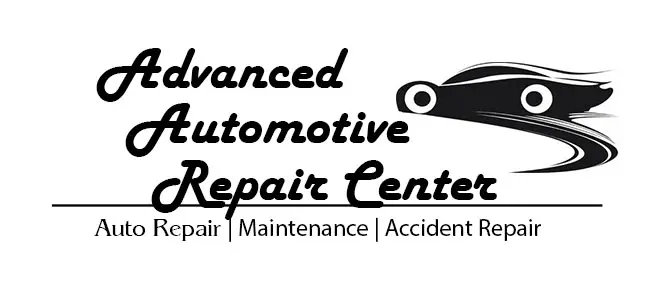
All You Need To Know About Replacing Your Car’s Belts
Are you wondering if it’s time to replace the belts in your car? If so, you’re not alone. It can be daunting trying to figure out what types of belts you need and how to go about replacing them. That’s why we’ve put together this comprehensive guide to replacing your car’s belts. In this guide, we’ll explain why belts need to be replaced, the different types of belts available, and how to replace them. So if you want to learn all there is to know about replacing your car’s belts, read on!
What are car belts and what do they do?
Car belts are an essential part of your car’s engine, and they are responsible for keeping the various parts of the engine in sync. There are two main types of car belts: the timing belt and the serpentine belt. The timing belt is located in the front of the engine and is responsible for ensuring that the pistons and valves are in sync. The serpentine belt is located in the rear of the engine and is responsible for powering the alternator, air conditioner, and power steering pump. Both types of belts are made from durable materials that can withstand high temperatures and years of use. However, over time, car belts can become worn or damaged, which can lead to engine problems. That’s why it’s important to have your car’s belts inspected regularly by a qualified mechanic. If a belt needs to be replaced, it’s important to do so as soon as possible to avoid engine damage.
When should you replace your car’s belts?
Assuming you’re referring to the drive belts, most carmakers recommend replacement at 60,000 miles or 5 years, whichever comes first. If the engine is particularly noisy, it’s an indication that the belt (or one of the pulleys it rides on) may be worn and in need of replacement.
How to replace your car’s belts
If you’re hearing a squealing noise coming from your car, it’s likely that your belts need to be replaced. Fortunately, this is a relatively easy and inexpensive repair that you can do yourself. Here’s how:
1. First, open the hood and locate the engine. You’ll see one or more belts running around various pulleys.
2. Using a wrench, loosen the bolts or clamps that hold the old belt in place.
3. Carefully remove the old belt and discard it.
4. Place the new belt around the pulleys, making sure it’s routed correctly.
5. Use the wrench to tighten the bolts or clamps holding the new belt in place.
6. Start up your car and listen for any squealing noise coming from the engine area. If you hear any, stop the car immediately and check that the belt is routed correctly and tight enough.
And that’s it! You’ve successfully replaced your car’s belts. Make sure to check the belts periodically for any signs of wear and tear, and replace them as needed.
Conclusion
Replacing car belts can be a daunting task for many, but it doesn’t have to be. With the information in this article, you now know how to identify when your car’s belts need replacing and what tools and parts you’ll need to do the job correctly. It’s important to monitor your vehicle regularly so that any belt issues can be identified early on and addressed before they cause major problems. Replacing a car belt is an easy job if done right, so don’t wait until it’s too late – get out there and start working on your ride today!
